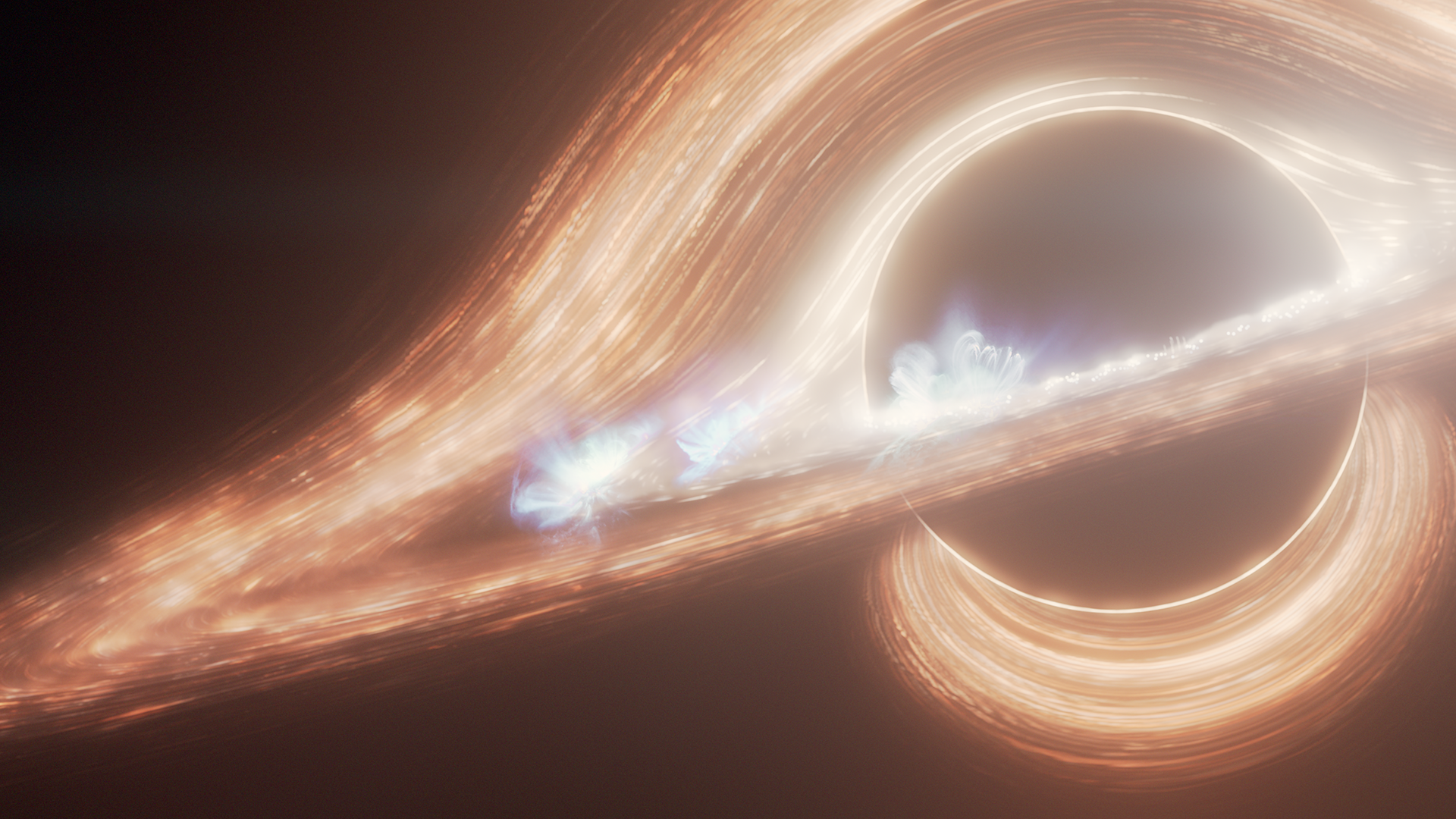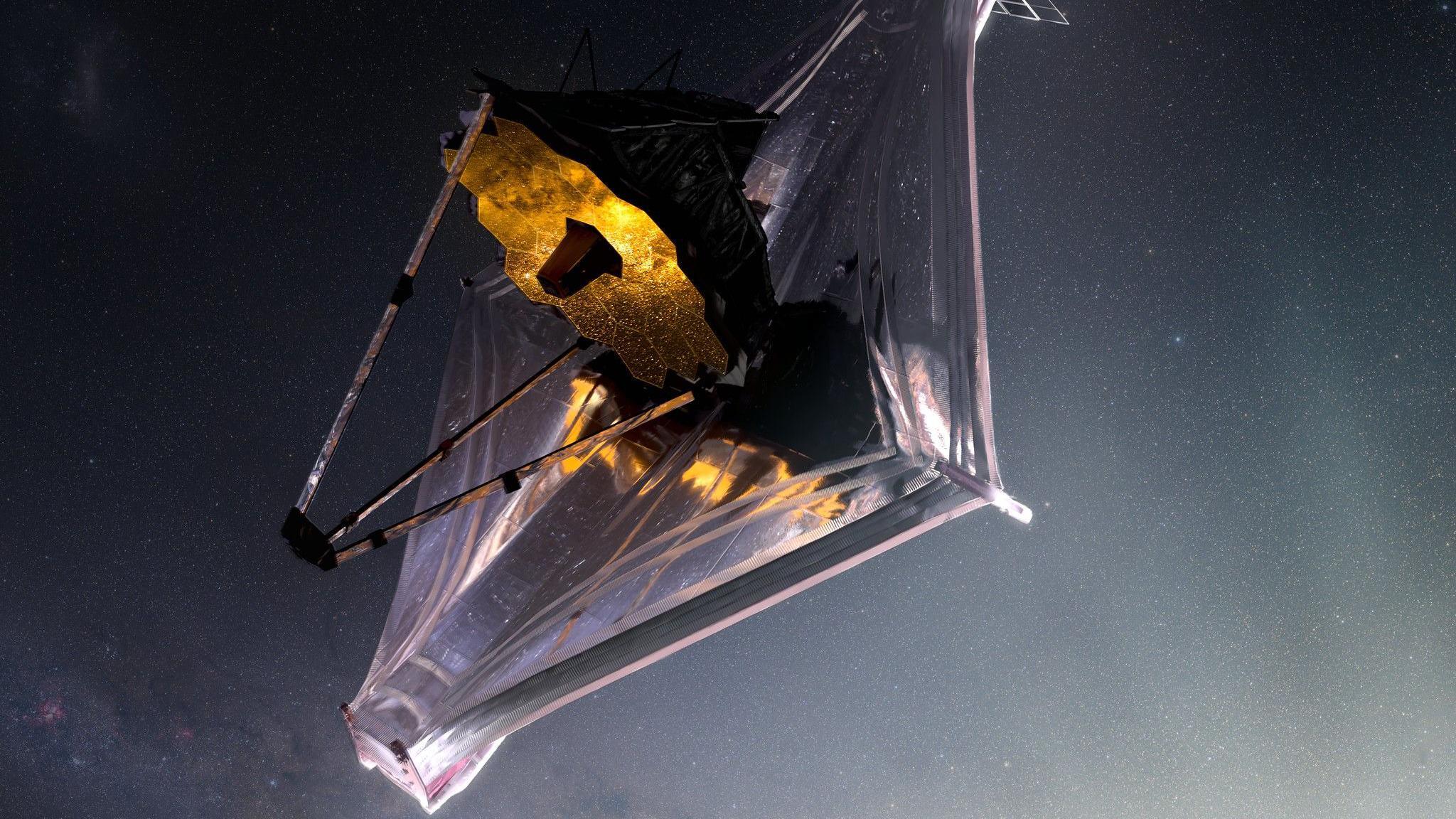Supermassive black hole party: James Webb telescope spots 'fireworks'

An artist's impression of the amazing light show around the black hole
- Published
Have you ever wondered what an outer space disco might look like?
Nasa's James Webb telescope has spotted a light show at the supermassive black hole at the centre of the Milky Way, which is the galaxy that contains the Earth.
It's called Sagittarius A*, and scientists took the longest and most detailed look at the black hole yet.
Farhad Yusef-Zadeh of Northwestern University in Illinois, who led the study, said that the massive flares - like a light show - were completely new and really exciting.
"In our data, we saw constantly changing, bubbling brightness... And then boom!"
More space stories
Scottish rocket aims for Shetland space test this year
- Published17 February
Space 2025: What are the big events to look out for?
- Published21 December 2024
Could this large Earth-like planet be home to alien life?
- Published29 January
WATCH: A 30 second timelapse video, showing the black hole's activity as observed by Nasa's James Webb Space telescope over 9 hours
The researchers found that Sagittarius A* is constantly letting out a stream of light flares that look like fireworks, bright enough to be visible across 26,000 light-years of space.
According to Farhad, the team "couldn't find a pattern in this activity. It appears to be random."
Whilst he's still not 100% sure about what's causing this light party, Farhad thinks that the process behind this amazing natural display is similar to solar flares.
"It's similar to how the Sun's magnetic field gathers together, compresses, and then erupts a solar flare," said Farhad.
"The processes are more dramatic because the environment around a black hole is much more energetic and much more extreme."

The James Webb telescope orbits the Sun and is able to send footage back to Earth
Scientists plan to investigate this further, hoping that they can learn more about black holes.
Black holes are places in space where the gravity is so strong that not even light can escape from it. When it 'eats' matter, a huge amount of light is released.
Farhad wants to take an even closer look at Sagittarius A* to find out more.
"If we can observe for 24 hours, then we can see features that we were unable to see before. That would be amazing. We also can see if these flares repeat themselves or if they are truly random."
